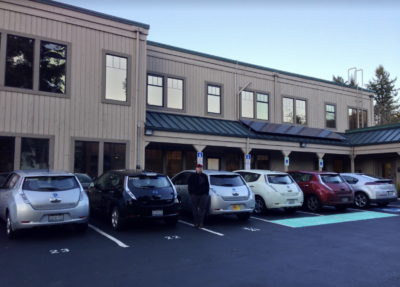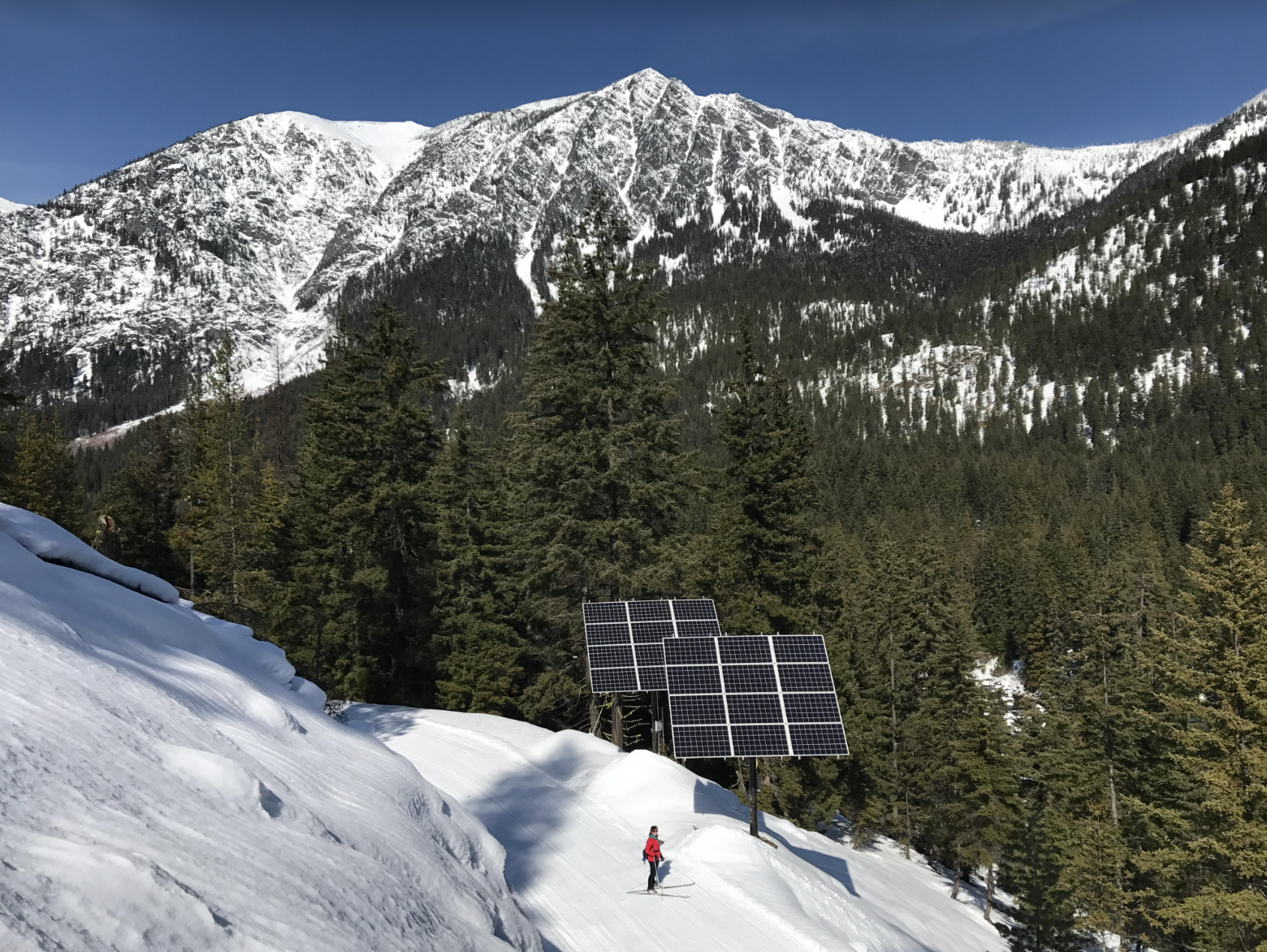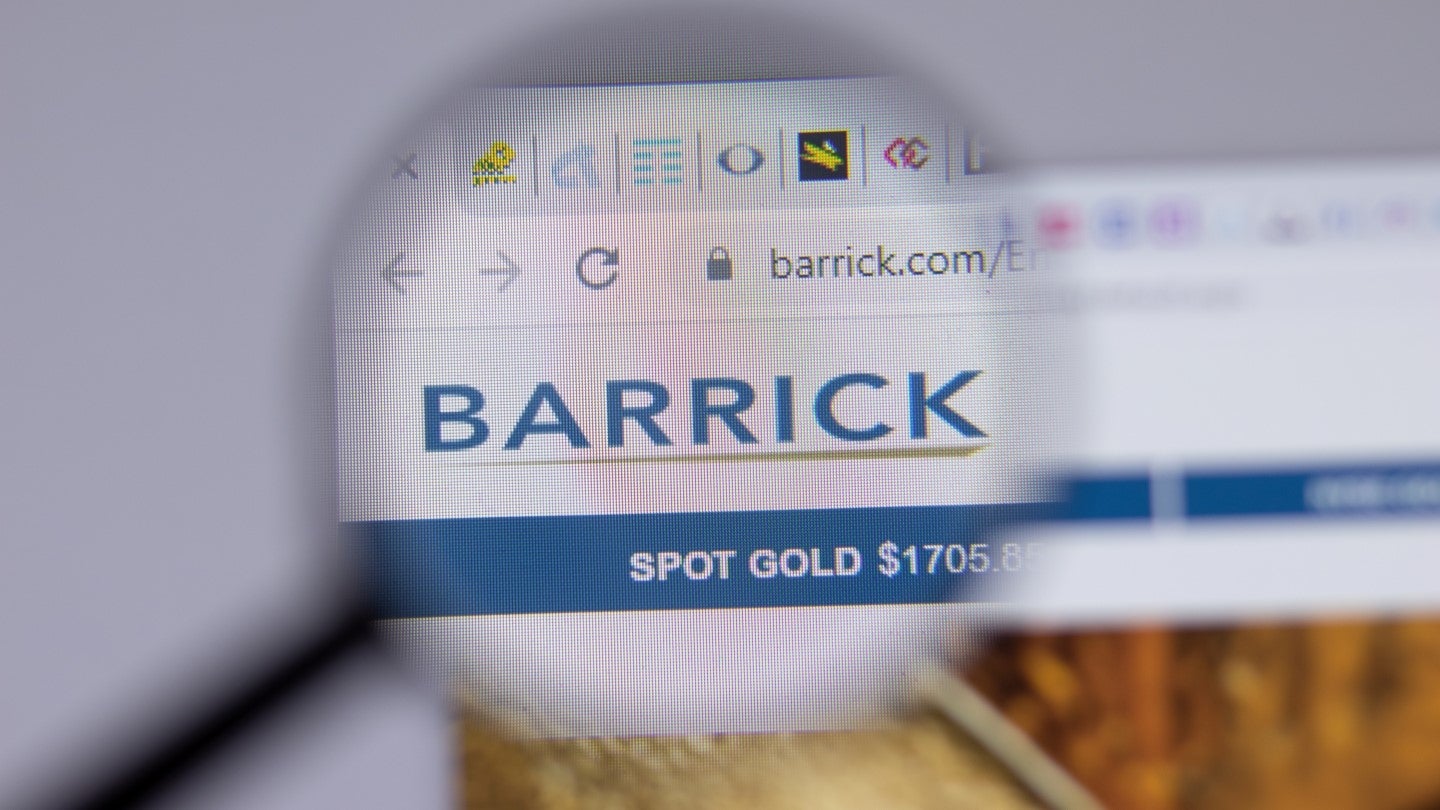
Meet Mark Curtis. Mark is a normal guy, living the American dream. He married his college sweetheart, Becky, who he met at a keg party as a freshman at Michigan State. He and Becky started a company in custom software and consulting, and ran the company for 30 years before retiring recently.
Mark is a climate warrior. He started driving an EV 12 years ago, a Nissan Leaf with 75 miles of range, and has driven electric exclusively since then. He now drives a 2016 Tesla Model S, which has 110,000 miles on it. According to Mark, “I am fortunate to have free supercharging for the life of that car and take advantage of that for Tesla Road trips. In April we enjoyed a 3,000 mile road trip to hike in the National Parks in Utah (free electrons!).”

The office building, with free EV charging for employees, which resulted in a lot of employees buying EVs!
Mark and Becky owned a 7,000 square foot office building for 16 years, selling it recently. They used the office to promote clean energy and electric vehicles. The office building is 100% electric. In early 2012, Mark and Becky added an 8.4 kW solar array to the roof which greatly reduced their monthly electricity bills, leading to an 8 year payback period. According to Mark, “It has been ‘free solar electricity’ since 2020.”
Mark said, “Over a lunch with my team in late 2011, I went to the white board and diagrammed the cost advantages of owning an electric car. I offered to add car chargers to our building and provide free electricity to the employees. Over the next few years, a dozen of the team members bought or leased electric cars! We added 4 Clipper Creek level 2 chargers, which are still in use. For some of the employees their EV was essentially ‘free’ when compared to their previous ICE car costs which were avoided (gasoline being the largest of the costs avoided).”
Mark then showcased this success to friends, who he says virtually all drive EVs now.
Defender of democracy
The Washington Post has a tagline that “Democracy Dies in Darkness.” This is an homage to the importance of an independent media ecosystem that can expose corruption and keep society working by and for the people. If you think about it, there are few other industries or institutions that have this capability, and many of them are governmental, and therefore subject to internal corruption and defunding at a dictator’s whim.
Recently, I wrote a piece about the media industry, which is in trouble. Noteworthy is the shuttering of news divisions including Buzzfeed, MTV News, VICE, and more, as well as the layoffs across many media companies, including the LA Times, which laid off 15% of its staff a month after winning a couple of Pulitzers.
The pool of advertising money is drying up, as it has started to flow toward influencers on social media. Fake news and AI to generate it is ubiquitous now. And in general, there are much, much more profitable businesses than media outlets, so usually, the brightest minds in entrepreneurship steer clear … I’d like to think Zach and I are bright minds, but maybe we’re not so bright after all…? I am of course kidding — Zach is a whiz, as you know. But the challenge of doing good journalism and monetizing it is not to be underestimated.
Our goal here at CleanTechnica is to accelerate the cleantech revolution. But the goal of other media outlets is exactly the opposite. I tell the story often of how Tucker Carlson got a $3 million check from a coal baron to fund his media startup, which, not surprisingly, did nothing but cast doubt on climate science and scare people about climate solutions like solar, EVs, and more.
Mark wrote in after reading my article, suggesting a few things we could do, and offering to pitch in a few bucks a month if we could move away from the clunky system we were using with PayPal and get to something that was easy to use a credit card with. We found one, thanks to another reader who wrote in, named Ryder. It’s appropriately called “Fund Journalism,” and somehow, it had never crossed my desk prior to Ryder’s suggestion. It’s so much easier than what we had previously for our monthly contributors, which was clunky and unreliable.
So now, thanks to Ryder, we’re off and running with a new contribution page, where readers (like Mark) who want to help us accelerate the cleantech revolution can do so with just a credit card and set up a monthly contribution of any amount they choose, and cancel with a click or two at any time. Mark pitched in $10 a month to our publication, and we appreciate it a ton!
Check out our monthly contributor page, and if you can, chip in a few bucks.
Reader comments are super helpful to us! More at the bottom about that.
So, what’s up for Mark, the normal climate champ and defender of democracy, now that he’s retired?
It’s time to spend time in his off-grid log home. The couple built the home in 1994, but had to figure out how to power the 5 bedroom home and outbuildings, at the time, using a 10 kW propane-fired generator, a 4,000 watt inverter, and 2,200 pounds of lead-acid batteries.
Later, as cleantech advanced, they greened it up. “In 2017 we added a 7.4 kW solar array located in a sunny spot 650 feet from the home,” said Mark. “The 24 panel array is mounted on 2 poles to keep them clear of the deep winter snows. The snow slides off the panels when the temperature is 32 degrees or higher, so we never have to clear the panels ourselves. The solar power reduced our generator use from 1,200 hours a year to 200 hours a year. The solar addition has an 8 year payback.”
Thank you, Mark! You are the change we want to see in the world. Thank you for being a leader, and a reader of CleanTechnica.
And, take a cue from Mark — if you see something that can help CleanTechnica thrive and continue to grow in a tough media industry, hit us up!
Photos courtesy of Mark Curtis
I don’t like paywalls. You don’t like paywalls. Who likes paywalls? Here at CleanTechnica, we implemented a limited paywall for a while, but it always felt wrong — and it was always tough to decide what we should put behind there. In theory, your most exclusive and best content goes behind a paywall. But then fewer people read it! We just don’t like paywalls, and so we’ve decided to ditch ours. Unfortunately, the media business is still a tough, cut-throat business with tiny margins. It’s a never-ending Olympic challenge to stay above water or even perhaps — gasp — grow. So …




